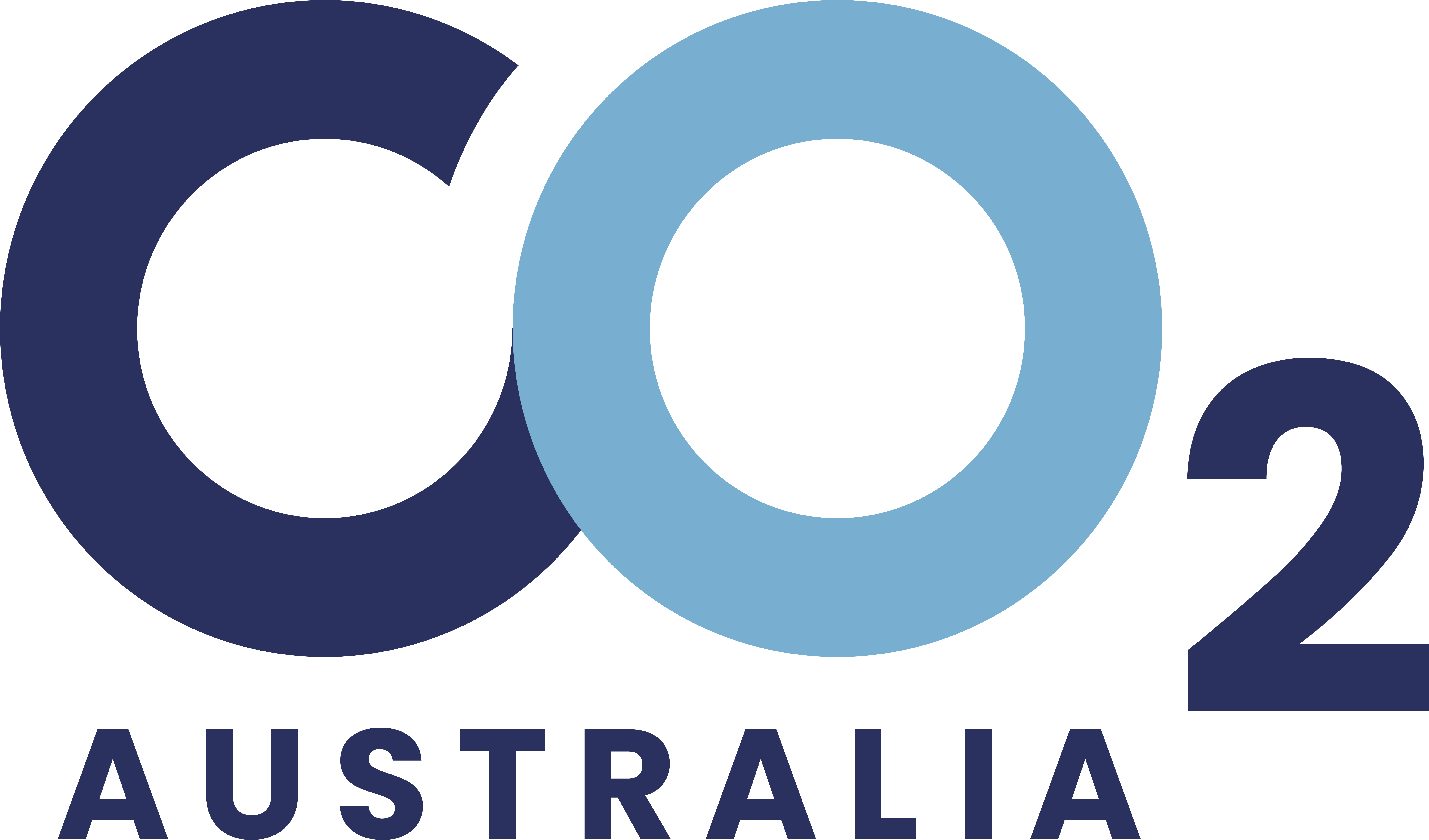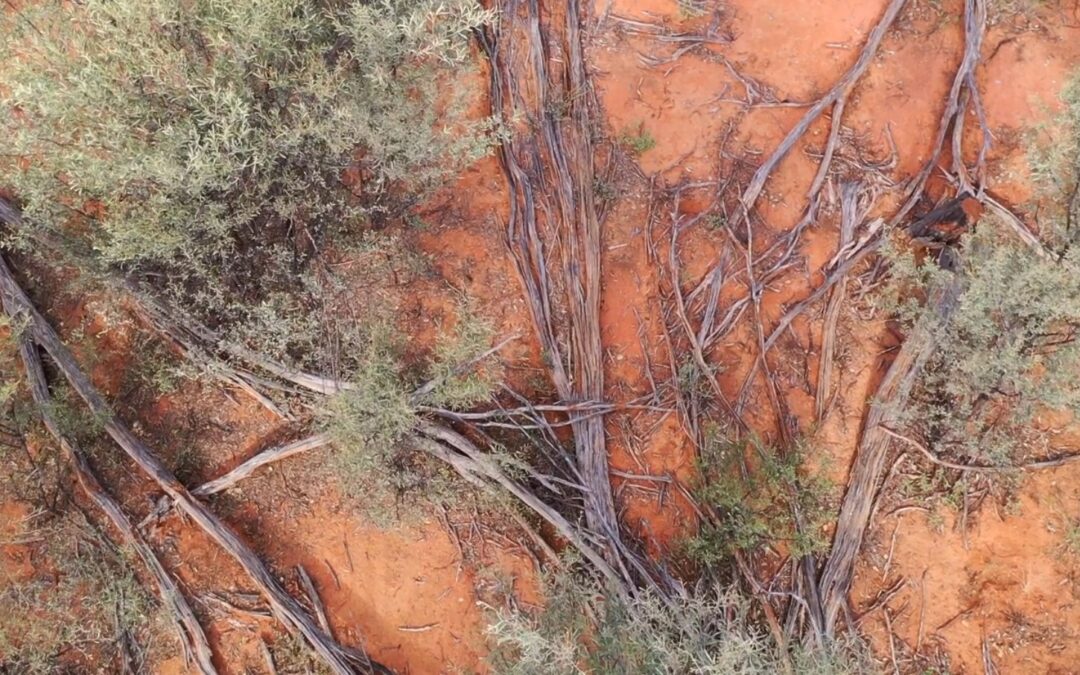
Wilga Park Project – LRF/Accounting For Nature®
Wilga Park Project – LRF/Accounting For Nature®
The Restoring Box-Gum Grassy Woodland for Threatened Species of the Nandewar Bioregion (Wilga Park) Project is a 25-year, $1.96 million collaboration between the Queensland Government and CO2 Australia to deliver approximately 110 ha of degraded land restored to a natural functioning ecosystem; providing habitat for threatened species, landscape connectivity and climate resilience.
Revegetation areas will re-establish vegetation communities consistent with White Box – Yellow Box – Blakely’s Red Gum Grassy Woodland and Derived Native Grassland; a critically endangered Threatened Ecological Community under the Environment Protection and Biodiversity Conservation Act 1999 (Cth; EPBC Act).
Importantly, the Environmental Account area will contribute to filling in previously cleared areas associated with more productive lowland soils; connecting with extensive areas of upland remnant vegetation communities adjacent the project area. Ongoing quarterly biodiversity surveys undertaken on the property since 2017 by CO2 Australia ecologists have confirmed the presence of a number of threatened species listed under the Nature Conservation Act 1992 (Qld) and/or the EPBC Act, including squatter pigeon, painted honeyeater, hooded robin, brown treecreeper, diamond firetail, southern whiteface and Crane’s macrozamia. There are also confirmed recent records of other threatened species on the property, including the spot-tailed quoll.
The goal of the Environmental Account is to monitor and track improvement in biodiversity co-benefits associated with the restoration project through the calculation of Native Vegetation Econd®. Ongoing monitoring of the Account will be undertaken to help inform management decisions, including Econd® surveys by CO2 Australia ecologists in accordance with the accredited CO2 Australia Native Vegetation Condition Monitoring Method. Other activities include monitoring and control of weeds, and the assessment of fire breaks and fuel loads to reduced likelihood of wildfire events impacting on the success of the planting sites and surrounding intact remnant vegetation. Further opportunities to improve biodiversity co-benefits of the project will continue to be explored for the life of the project, based on the outcomes of Econd® assessments.
Client
Accounting for Nature®, BirdLife Australia, Queensland Land Restoration Fund
Location
Southern Queensland
Dates
2017 – present
Industry
Government, conservation
Services
Revegetation, environmental accounting, fauna surveys and monitoring
Key benefits
Restoration of a critically endangered ecological community
Improving habitat for threatened species, landscape connectivity and climate resilience
Leading innovation and progress in environmental accounting










